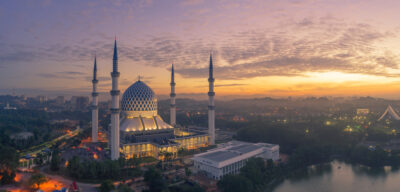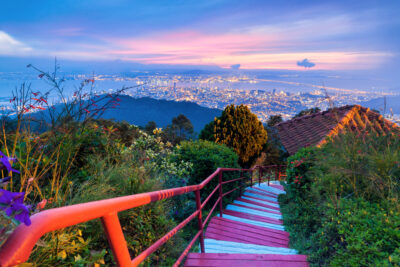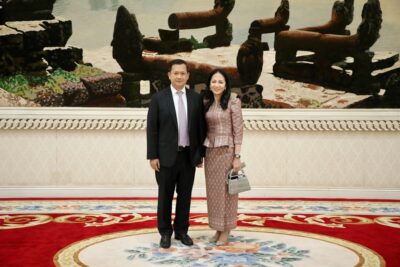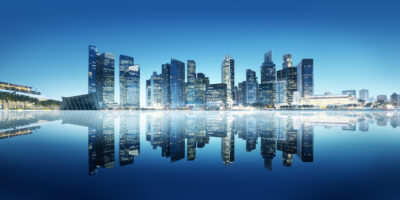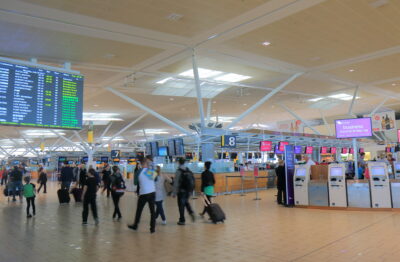A low-cost smart home tech that is set to illuminate the globe
As this humanitarian organisation proves, advances in property tech need not be sleek or flashy
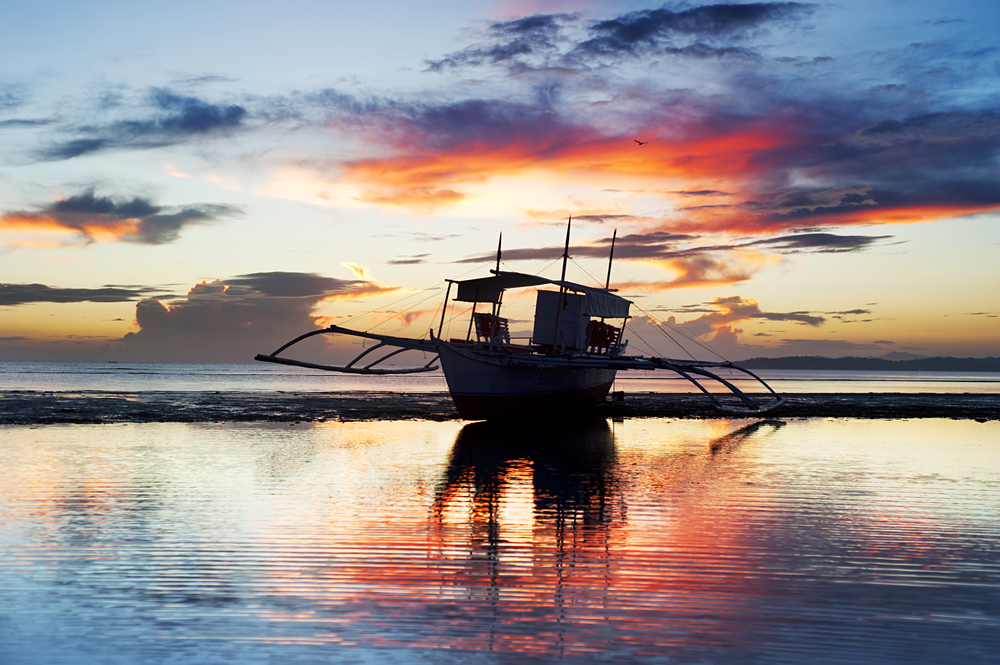
When discussing emerging technology, it’s easy to get caught up in the latest toys and gadgets. But at its root, technology is just a collection of skills, techniques, and methods used to help create or achieve something. At their core, advancements in technology don’t need to produce sleek high-end machines. Sometimes, tech innovations don’t even need electricity. This is often the case for humanitarian property companies frequently tasked with developing scalable solutions to housing problems with little to no budget.
Take the work of the MyShelter Foundation in the Philippines. Founded by Harvard and MIT graduate Illac Angelo Diaz, the non-profit’s portfolio spans a range of humanitarian efforts—from low-cost, hurricane-resistant dwellings to social housing for poor Filipino fishermen. The company made a huge international splash in 2011 with the launch of an offshoot social enterprise called “A Liter of Light.” The open-source project helped to mass-produce a low-cost light tube called a Moser Lamp for homes with little to no electricity.
At its root, technology is just a collection of skills, techniques, and methods used to help create or achieve something. At their core, advancements in technology don’t need to produce sleek high-end machines. Sometimes, tech innovations don’t even need electricity.
The design sees discarded two-litre bottles of water placed inside fitted holes in a roof. Bleach inside the bottle prevents algae from growing, while the water inside refracts light—similar to deck prisms used on old sea vessels. During daytime, the “bulbs” can beam the equivalent of 60 watts of clear light to the houses below. Instead of marketing the project through traditional means, Diaz and his team allowed it to grow sustainably by paying locals a small wage to assemble and install the bulbs. The idea spread like wildfire, and since 2006 over 350,000 thousand bottle lights in 30 countries have been installed around the world.

To Diaz, the secret to A Liter of Light’s is only partly due to its simplicity and low cost. The biggest factor to his success, and indeed all humanitarian property initiatives, is the transfer of knowledge.
“If you want to provide for a community that is at risk, you eventually have to transfer the power to the people,” says Diaz. “They should have the knowledge to build and repair their own things. Every country is different, every neighbourhood and situation is different. For something like this to succeed, you have to give people information and give them choices.”
More: Tradition and technology meet in this Hong Kong penthouse
Today, A Liter of Light offers four different open-source designs of the bottle lamp, from streetlights to bedside lamps. In 2019, the project won silver at the Edison Awards in New York City, making Diaz the first Filipino to be recognised at the ceremony.
Along with a close friend from Harvard, Diaz helped launch Build Academy, a website dedicated to crowd-sourcing designs for humanitarian and sustainable architecture projects—something they refer to as “crowd-solving”. The website also offers courses online to help resource-poor designers build everything from humanitarian projects to sleek, beaux arts-inspired structures.
This article is the third in a four-part series. It originally appeared in Issue No. 156 of PropertyGuru Property Report Magazine. Read the first, second, fourth parts here
Recommended
Why everyone is moving to Selangor and Johor: Malaysia’s real estate comeback
Malaysia’s upturn in fortunes is especially prevalent in secondary destinations such as Selangor and Johor
Penang’s silicon boom: How the US-China tech war is supercharging local real estate
Penang’s booming semiconductor industry has created ripples within the local real estate sector
New leader, new opportunities: How Hun Manet is shaking up Cambodia’s real estate game
Hun Manet is overseeing decent economic growth and widening access to the country’s real estate market for foreigners
Singapore embraces inclusive housing reforms amid resilient demand
The Lion City’s regulatory strength continues to exert appeal for international investors

